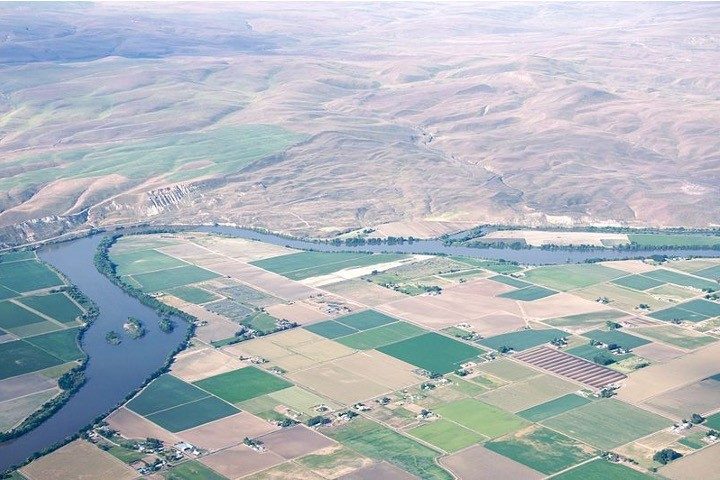
Upset with being ignored by Oregon’s population centers whose far-left politics dominate the state, two additional rural Oregon counties have voted to study the possibility of a move to neighboring Idaho. Both Morrow and Wheeler counties have voted to join the Greater Idaho campaign, which posits that Oregon east of the Cascade mountains better fits socially and politically with the Gem State.
The measures passed easily, with nearly 60 percent of both counties agreeing to study the move.
Morrow and Wheeler became the tenth and eleventh eastern Oregon counties to approve a plan to study a possible move to Idaho. The Greater Idaho movement has targeted 15 Oregon counties to switch states; Crook, Gilliam, and Umatilla counties have not yet agreed to put an advisory question on the ballot.
Greater Idaho organizers claim that they have gained enough signatures for Wallowa County, in the extreme northeast portion of the state, to be the next county to consider the move.
Proponents of a move to Idaho believe that the left-wing population centers in Portland, Salem, Eugene, and other areas of western Oregon have an unfair advantage electorally.
“The voters of western Oregon overwhelmingly passed a ballot measure that will increase the power of the Democrat majority to run roughshod over objections by legislative minorities. This will prevent us from blocking the worst mistakes the Legislature has tried to make in the past, such as a carbon cap that would hobble eastern Oregon livelihoods,” said Greater Idaho leader Mike McCarter.
The ballot measure McCarter alluded to was Measure 113, aimed at preventing legislative walkouts in denial of quorum attacks, such as those Republicans in the state used in 2019 and 2020. The measure changes the state’s Constitution, banning lawmakers with 10 or more unexcused absences in a legislative session from running for reelection and also preventing such lawmakers from winning office in the other legislative chamber.
Measure 113 is another way to effectively silence one of the only forms of dissent that rural legislators have in their arsenal.
“We are also disturbed that two very unconstitutional measures still look like they might pass. We call on the Legislature to let each half of the state go their separate ways in peace. If western Oregon doesn’t like the risk of being forced to accept the gubernatorial candidate it voted against, then it should simply stop holding our counties captive in this unhappy marriage,” McCarter said.
“Actually, it’s not even as dramatic as a divorce because we’re not breaking up a family. Moving a state border is similar to redistricting a utility provider.”
As of this writing, far-left Democrat Tina Kotek maintains an advantage over Republican Christine Drazan with 72 percent of the vote counted. It’s only been that close because Democrat-turned-Independent Betsy Johnson, who was backed by Nike founder Phil Knight, ran as an alternative to Kotek.
But regardless of who ends up winning the gubernatorial race, McCarter plans to keep pushing for a move to Idaho.
“Even if we elect a Republican governor, she will only be a temporary pause on the Leftward progress that the Democrat Legislature has been forcing,” McCarter said.
During an Oregon gubernatorial debate, the candidates were asked about the Greater Idaho movement.
GOP candidate Drazan claimed that having one party rule in the state for so long has created deep resentment in eastern Oregon.
“This rural/urban divide that we’re experiencing is one that took time to develop. The people who are living in the parts of the state that want to leave and go to Idaho? Their concerns and their issues are real. They deserve respect, they deserve local control. They cannot continue to live under an oppressive, frankly condescending expectation that if it works in Portland, or if it works on the I-5 corridor that they must live underneath those rules,” Drazan said.
“There is a lack of understanding from Salem about what it really means to live in the rural parts of the state,” she noted.
Democrat Kotek — the expected winner — basically dismissed the issue in political doublespeak.
“I have heard the concerns that are coming out of the Greater Idaho movement, look forward to sitting down and talking about those issues. But, at the end of the day, I hope we can come together as Oregonians and work on issues that are not partisan issues.”
Regardless of whether Greater Idaho achieves its goal to have all 15 counties study and approve a request to move to Idaho, the movement still faces two hurdles: First, both the Oregon and Idaho state legislatures would have to approve the move; then they would also be required to get the federal government’s approval — an even higher bar.




